Affiliate Disclosure: I earn commissions if you shop through the links below at no additional cost to you.
Last Updated on July 31, 2024 by Jeremy
I’m going to kick things off by underscoring the importance of proper food storage on your next camping trip. It’s not just about keeping critters away from your stash; it’s also about ensuring your food remains safe to eat. Neglecting food storage can lead to unwanted encounters with wildlife and can spoil your adventure with foodborne illness.

You’re going to find out about the trifecta that every camper should swear by: prevention, preservation, and protection. Prevention of attracting wildlife, preservation of food quality, and protection from the elements and contaminants. Whether you’re a seasoned camper or setting out on your maiden voyage, these pillars will hold up your food safety net.
In my opinion, campers often underestimate the cunning of the creatures that inhabit camping areas. From the petite, persistent raccoon to the large, imposing bear, wildlife can and will disrupt your peaceful excursion if lured by the smell of improperly stored snacks. Moreover, without the right storage solutions, delicate perishables could turn into a health hazard under the unforgiving sun or in fluctuating temperatures.
Don’t worry too much about the complexity—it’s all about the simple and practical steps you can take. And remember, your food storage strategy begins with the gear you pack. That’s going to include robust containers, bear-proofing essentials, and cooler options for that fresh catch or crisp produce.
Safeguarding Cuisine in the Wild: Effective Containers and Packs
Let’s jump into finding out about the cornerstone of camping food storage: selecting the right containers. This isn’t just about convenience; it’s also about keeping your food safe from spoilage and wildlife. Take bear-proof containers, for example. These rugged boxes, like the Counter Assault Bear Keg, are designed to withstand the attempts of bears and other critters trying to access your grub, thereby protecting both you and the wildlife.
But not all threats are large and furry. Smaller pests can be just as problematic, and that’s where good quality, airtight containers come into play. In my opinion, investing in these ensures your food stays fresh longer and prevents any enticing odors from attracting unwanted guests. Check out the OXO Good Grips POP Container Set for a reliable option.
So, we’ve touched upon solids, but let’s not forget the challenge of keeping things chilled. Cooler packs are your best friends here. Opt for reusable ice packs like the Cooler Shock Reusable Ice Packs, or if you’re in a pinch, frozen water bottles work too. Besides keeping perishables at an ideal temperature, they also prevent food from getting soaked as the ice melts—because nobody likes a soggy sandwich.
Choose something that resonates with you. Whether it’s the ease of a bear canister, the security of hard-shell containers, or the simplicity of collapsible storage, your choice should align with your needs and the parameters of your camping trip. Remember, you can always adjust your approach down the road, but starting with the right gear makes all the difference.
Implementing Smart Packing Techniques
Next, lets find out how to optimize your space and keep your provisions in top shape with some cunning packing techniques. When you’re out in the wilderness, every inch of space counts, and how you organize your food can make a big difference. Start by thinking about which food items you’ll need to access frequently. Place these in the most accessible spots. It’s akin to creating a meal plan, which will streamline your campsite routine and minimize the time you spend rummaging through supplies.
Non-perishables should be packed at the bottom of your container or pack, while items that need to be kept cold can go towards the top, closer to the ice packs in your cooler. This isn’t just a method for convenient access but a strategic approach to weight distribution and temperature maintenance.
Now, when it comes to packaging, there’s a strategy I like to leverage: reusable silicone bags and airtight containers. These not only keep your food safe from leaks and spills, but also help in leaving a lighter footprint on the environment. Check out Stasher Reusable Silicone Food Bags for a versatile option.
For airtight containers, the Rubbermaid Brilliance Leak-Proof Food Storage Containers are fantastic for keeping your food fresh and organized.
Your first attempt doesn’t need to be your last. You can always adjust your approach down the road as you figure out what works best for you. Choose something that resonates with you, offers convenience, and aligns with the Leave No Trace principles. And who doesn’t like Rubbermaid?
Natural Storage Solutions: Utilizing Your Campsite
When you’re in the embrace of the great outdoors, your campsite isn’t just a place to unwind; it’s also the perfect spot to store your food cleverly. Nature, as it turns out, can be quite the ally in keeping your camping meals fresh. Below, I’m going to delve into how to make the most of natural features for ample and safe food storage, without compromising the environment or wildlife safety.
First off, let’s talk about trees. They’re not just scenery; they can be effective food lockers. With the right technique, hanging food in trees prevents animals from snatching your grub. To do this properly, your food should hang at least 10 feet off the ground and 4 feet away from the trunk. And here’s a pro tip: pack your food in a bag with a rope attached, then toss it over a branch and hoist it up. Just ensure that the branch is not too weak or too close to other trees.
For reference, visit this website and see the image below: How to Hang Your Food When Camping [Away from Bears] (meanderingspirits.com)
Now onto water sources. Rivers and lakes near your campsite can act as natural refrigerators. If you’re stashing drinks or perishables, consider securing them in a waterproof container and submerging it in a cool water body. Not only does this keep items chilled, but it also keeps them out of sight and smell from wildlife. Keep in mind to secure the container to the shore to avoid a mini voyage downstream.
Remember, while nature can be handy, it’s crucial to respect the environment. Avoid digging pits or altering natural features for food storage. Always follow Leave No Trace principles to minimize your impact and preserve the great outdoors for everyone to enjoy.
Combating Critters: Securing Food from Wildlife
In this section, let’s talk about the importance of keeping your campsite free of uninvited guests – wildlife. I’m not talking about the critters you’re happy to see from a distance, like deer. I’m referring to the raccoons, squirrels, and bears that see your campsite as a free buffet.
At Kentucky-Alleyne Provincial Park for exampe, we’ve noticed an interesting yet concerning trend among campers: they leave food out all the time. This habit has led to an explosion in the ground squirrel population. These little “gophers” have become so friendly that they crawl all over picnic tables, completely unafraid of humans.
This scenario creates more problems, as it’s against BC Parks policies to feed wildlife. We’ve seen firsthand how this impacts the park’s ecosystem and visitor experience. For a closer look at our operations and some amusing footage, check out this video on Kentucky-Alleyne. To learn more about our workcamping experience, you can read our workcamping article.
So, why should you care about keeping wildlife away from your food? It’s not just about protecting your supplies; it’s also about maintaining the balance of nature. Human food isn’t healthy for wild animals, and getting too cozy with humans can alter their natural behaviors to the detriment of both parties.
Now let’s look at strategies to secure your food properly. Your best bet, like mentioned above, is airtight containers and coolers. These limit smells that attract animals. For example, the Rubbermaid Brilliance Leak-Proof Food Storage Containers (image above) are fantastic for keeping food fresh and odor-free. And remember, never leave food unattended – that’s like ringing the dinner bell for forest creatures!
We’ve already mentioned some techniques that are effective such as hanging your food, which is a time-honored method, especially using bear bags or bear canisters suspended from a tree branch. The Ursack Major Bear Sack is a great option for keeping your food safe from bears. Make sure it’s high and far enough from the trunk to prevent any acrobatic thefts. A bear pole or a carabiner system works well for those campgrounds that provide them.
Still, there’s more to keeping critters at bay than just stashing your food. This includes how clean you keep your campsite. Make sure you clean dishes promptly and dispose of trash in bear-proof bins if available. The Counter Assault Bear Keg is perfect for securely storing your trash. Reduce odors on your hands and garments that might attract animals by using unscented products like Seventh Generation Unscented Hand Soap.
I really hope that you follow these steps not just for your safety, but also to preserve the wonderful wildlife you’ve come to enjoy. Moving forward, let’s focus on how to stay eco-friendly while keeping your food safe. After all, camping isn’t just about the now; it’s about ensuring our natural spaces remain for future generations.
Eco-Friendly Food Storage Tips for the Conscious Camper
As we near the end, I’m going to show you how to make a positive impact on the environment with your food storage choices while camping. This isn’t just about keeping animals out of your snacks; it’s also about preserving the natural beauty you’ve come to enjoy.
Sustainable Packing Materials
Choose something that resonates with you when it comes to sustainable packing materials:
- Biodegradable Bags: These are excellent alternatives to plastic bags. They decompose naturally, reducing waste. Check out BioBag Compostable Bags.
- Beeswax Wraps: These wraps are reusable, reduce plastic waste, and keep your food fresh. Try Bee’s Wrap Reusable Beeswax Food Wraps.
Food Waste Management
Your food waste habits play a huge role in eco-friendly camping:
- Pack Out What You Pack In: Always carry out all your waste, including food scraps. Use a portable trash bag holder to keep your campsite clean.
- Proper Waste Disposal: Use bear-proof bins where available or pack your waste securely to dispose of it properly after your trip.
Leave No Trace Principles
The fundamentals of Leave No Trace principles are crucial:
- Minimize Campsite Impact: Use established fire rings, camp on durable surfaces, and follow proper food disposal practices to ensure the campsite remains pristine.
- Eco-Friendly Food Storage: Use sustainable products like Stasher Reusable Silicone Food Bags to keep food safe without harming the environment.
Creative Solutions
Don’t worry too much about finding special products; many eco-friendly solutions are about using less and repurposing more:
- Improvised Utensils: Imagine using a hollowed-out bell pepper as a bowl or a half-eaten apple as a makeshift spoon for your peanut butter. These creative solutions are both fun and eco-friendly.
By adopting these practices, you’ll not only enjoy your camping experience but also contribute to preserving the natural beauty for future generations. Let’s make every camping trip a step towards a greener planet!
Preparing for the Unexpected: Emergency Food Storage Strategies
You never know when a twist might occur on your serene camping trip, and that’s where having an emergency food storage strategy becomes a lifesaver. Ensuring you have a well-prepared emergency supply isn’t just cautious; it’s smart camping.
In my opinion, your emergency food kit should contain items that are non-perishable, require minimal preparation, and are high in energy. Consider including whole grain cereals, nuts, dried fruits, and energy bars. These items are not only easy to pack but also provide sustained energy and essential nutrients in challenging situations. For example, CLIF Energy Bars are a reliable choice for quick and convenient energy.
Another suggestion is to check out this article about some healthy camping snacks: https://everythingrvsandmore.com/camping-snack-food-ideas/
Choose something that resonates with you when picking these food items, something you know you and your camping party will enjoy. There’s a lot of opportunity here to match your meal preferences with the practicalities of emergency preparedness.
Your emergency stash should also include a small stove and fuel, in case traditional cooking methods aren’t available. The Firemaple X2 Outdoor Camping Stove on our online store is a great option for this. Additionally, a water purification method is essential for long trips or severe conditions. Consider the LifeStraw Personal Water Filter to ensure you have access to safe drinking water.
I really hope that you’ll never need to use your emergency food supply, but in the event that you do, these strategies could be the difference between discomfort and disaster. Tuck this knowledge alongside your tent pegs and waterproof matches, and hit the trails with confidence.
If you found this guide helpful, make sure to check out the products mentioned throughout the article for your next camping trip. Feel free to share your own tips and experiences in the comments below—your insights might help fellow campers prepare better. Don’t forget to share this article with your camping buddies and on social media to spread the word about smart camping practices. Together, we can all enjoy and preserve the great outdoors for future generations.



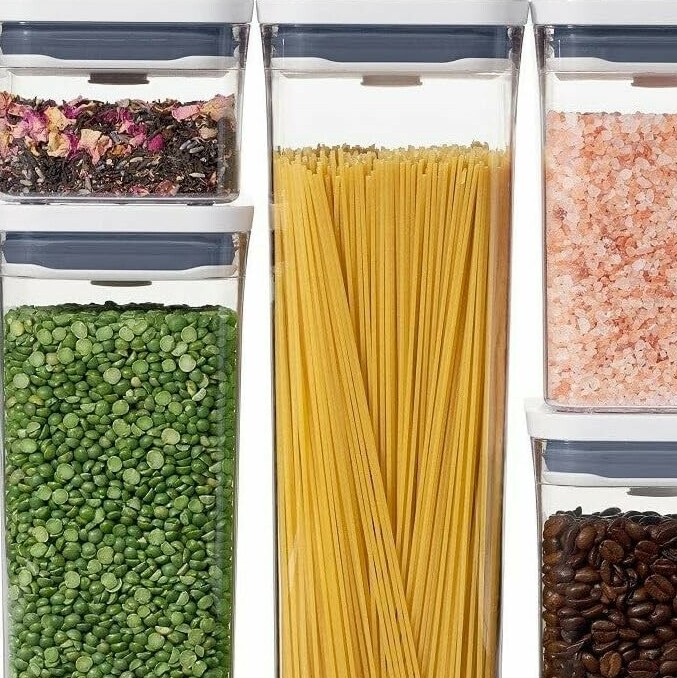
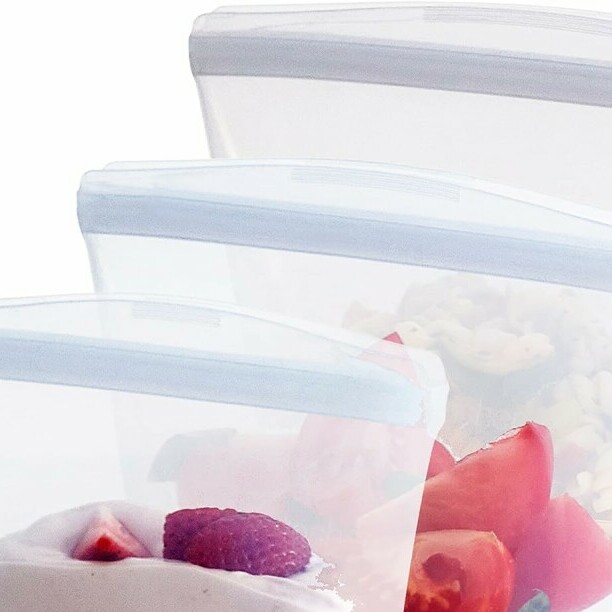
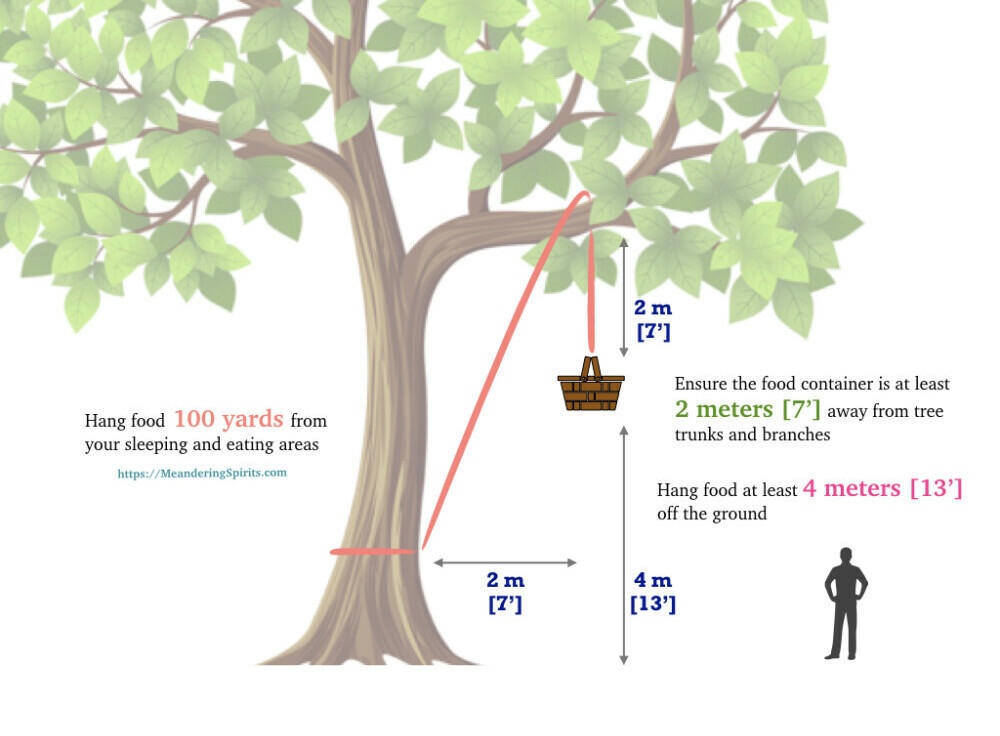
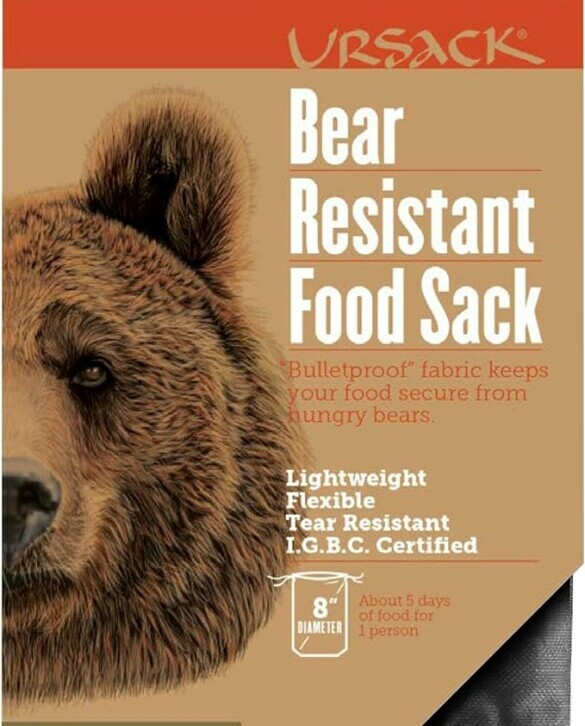

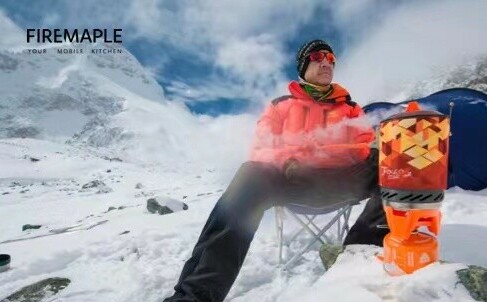

.jpg/:/cr=t:5.56%25,l:0%25,w:100%25,h:88.89%25/rs=w:1240,h:620,cg:true)


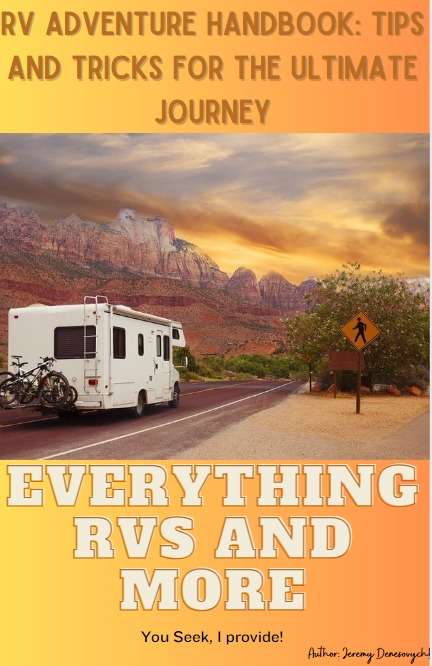
Leave a Reply